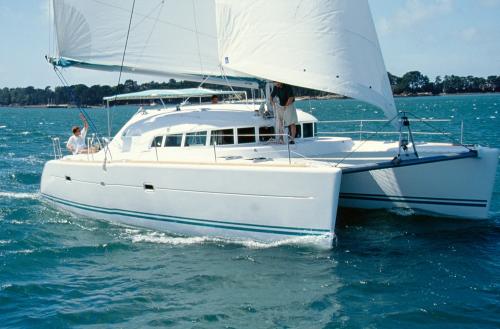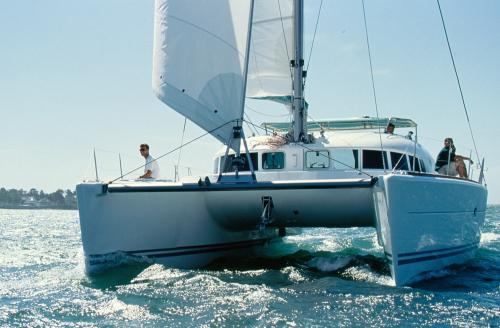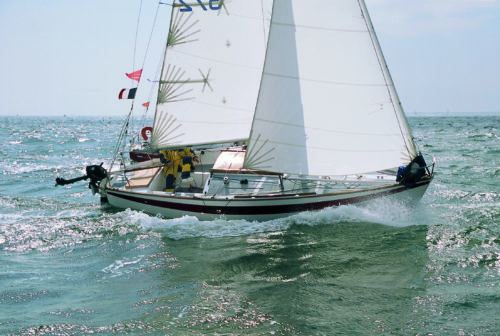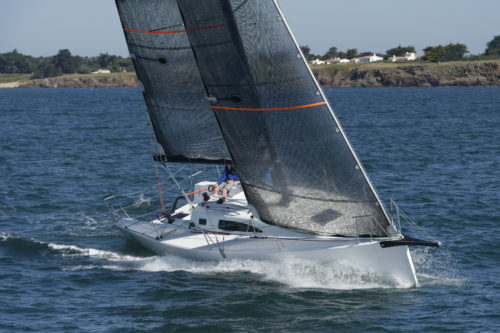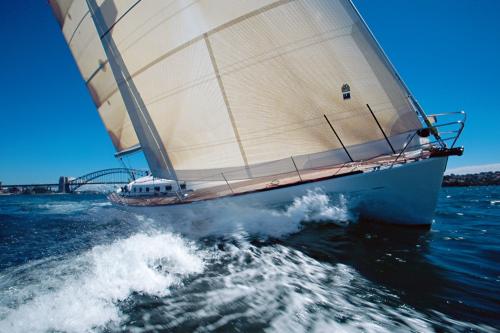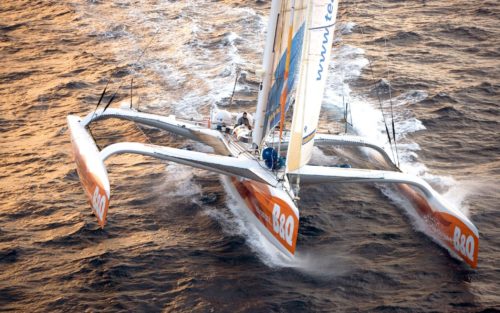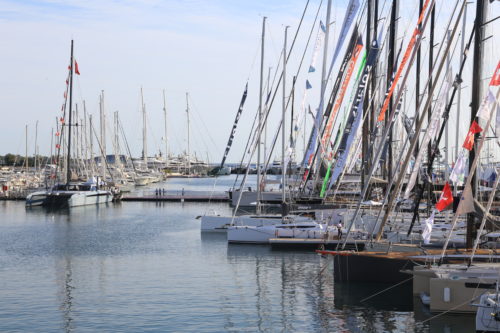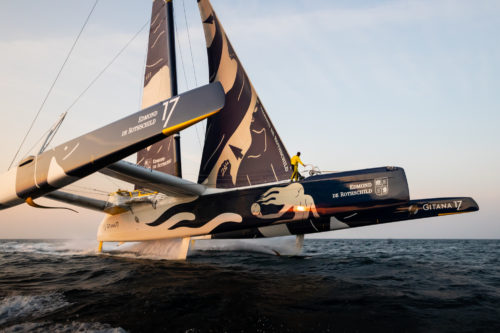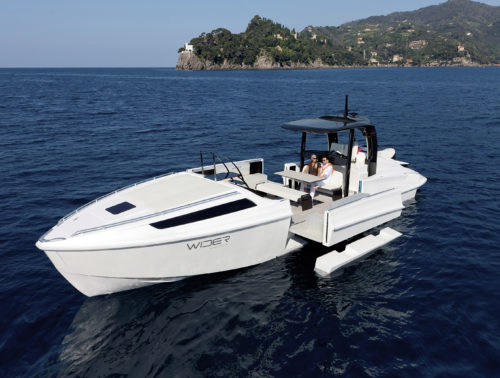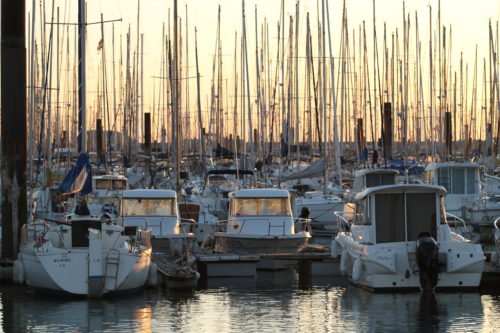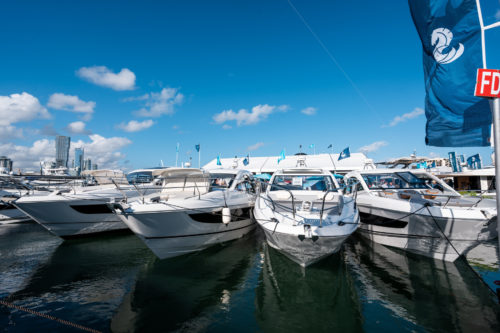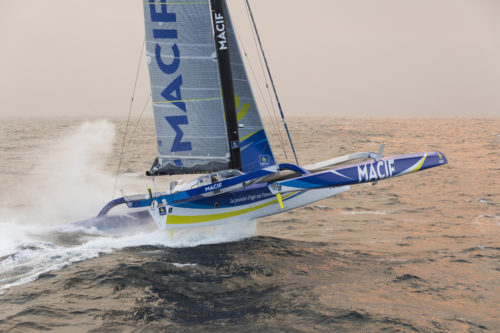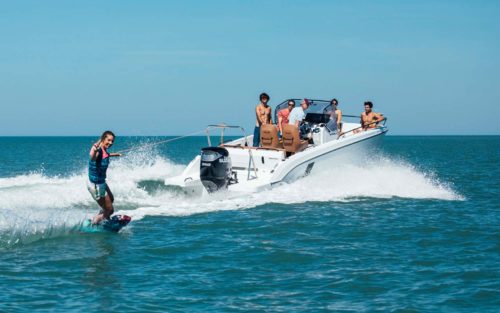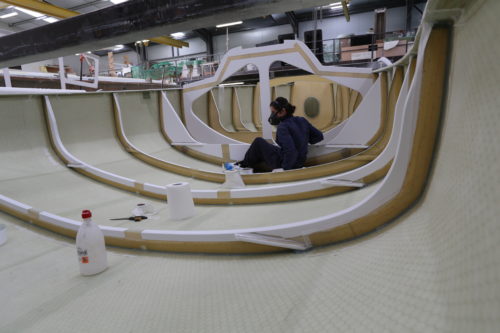Chartering : A different way to enjoy boating
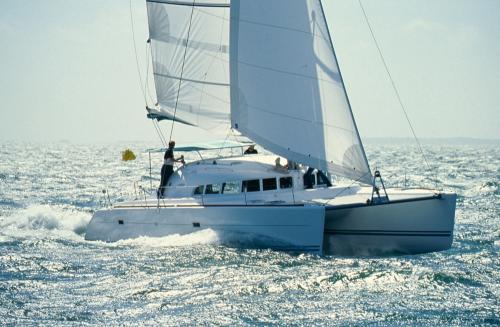
France owes its rise to its position as the world number one for recreational boat charters to a hurricane. In 2017, Hurricane Irma struck the northern Caribbean, devastating Saint Martin and the British Virgin Islands. It wiped out two of the largest charter bases: Moorings-Sunsail, the market leader at the time, and its French rival Dream Yacht Charter. The former lost two hundred sailing yachts, and the latter 82 – mostly catamarans.
Faced with the urgent need to replace its fleet, Moorings-Sunsail turned to its almost-exclusive supplier, Robertson & Caine, the yard behind the Leopard catamarans. But the South African company was unable to fulfill such a huge order in just a few months. This opened up a window of opportunity for Dream Yacht Charter.
Loïc Bonnet had founded the company in the early 2000s. With his bold vision and the backing of French banks, he opened a base on the island of Praslin in the Seychelles. This base had eight yachts in operation, with just two monohulls. Bonnet had already foreseen that catamarans would soon become the ideal platform for charter cruising. In 15 years, his company had grown considerably.
The managers at the Moorings group had come up with the idea of inviting individuals to purchase a significant portion of their fleet of new boats for charters. They offered these owners both a guaranteed income and the ability to use their boat for a predetermined number of weeks. The model offered benefits on a number of fronts: they were able to rapidly finance the creation of major fleets, entice the yards with major orders, and design units tailored to their specific needs, in exchange for preferential prices, while benefiting from the standardization of their boats to streamline maintenance, ensuring the consistency of the services offered across all their bases, and guaranteeing the product and safety levels of a renowned brand.
“But they were so sure of their own superiority”, adds Bonnet, “they never saw me coming”. Bonnet opened bases in exotic destinations, which were overlooked by the market leader, like Bali, Madagascar and even the Mergui Archipelago in Myanmar. With tireless support from French banks, and later the builders Fountaine-Pajot then Bénéteau entering Dream Yacht Charter’s capital, he was able to achieve fast but sustainable growth. Far from leaving him devastated, Hurricane Irma offered him an opportunity to bounce back.
In 2015, the late Olivier Poncin, who had owned the high-end Catana catamarans since 2003, launched the Bali brand within his group, introducing significantly cheaper twin-hull models designed for a different kind of experience on the sea. These spacious units prioritized comfort at anchor over offshore performance, but they initially met with limited success.
When Irma struck two years later, Bali was sitting on a large stock of unsold boats. Bonnet realized that not only were these boats available immediately, they were also ideally suited to the charter market, and he seized this moment. By the very next season after Irma (the European and North American winter), he was able to offer around 50 brand-new Bali catamarans for chartering. Securing a major market share with Moorings-Sunsail, and becoming the world number one…
This success would not have been possible without adapting to a major paradigm shift. As Bonnet explains:
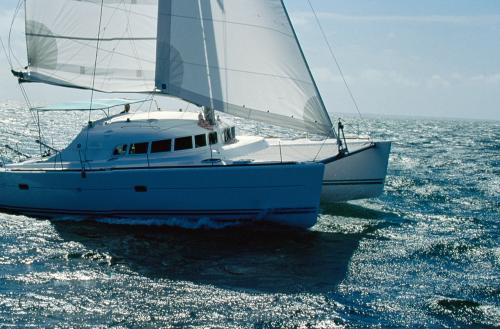
What had, just a decade earlier, been a niche activity – chartering boats, often monohulls, to experienced sailors looking to explore new cruising grounds – had now evolved into a leisure tourism offering aimed at newcomers, built around the idea of a floating holiday home. Today, nearly one third of charter clients have no sailing experience at all. In this context, catamarans have become a kind of rival to cruise ships, a home on the water, offering leisure activities both on-land and off-shore. In just 25 years, catamarans have gone from representing 20% of charter fleets to nearly 60%. And demand for skippered charters has risen from under 10% to over 50%.
This growing appetite for holidays on the water has both transformed a rapidly expanding sector and forced boat builders to adapt. Production is now dominated by multihulls. Dream Yacht Charter alone orders 200 of them every year.
And Bonnet was bold enough to take the concept one step further. Around a decade ago, he invented cabin cruising. On a sailing yacht. To make this work, he commissioned from Groupe Bénéteau a six-cabin version of the Lagoon 620, the largest model in their catalogue at the time (19 meters). On paper, the idea was brilliant – today, major tour operators account for 20% of the company’s revenues. But it was not without risk. How can you ensure a harmonious on-board experience between strangers from countries with different habits and cultures? Training for skippers became – and is still – a crucial challenge. However, this innovation took off and was rolled out at many of the brand’s 45 bases at the time (compared with 25 for Moorings-Sunsail).
Even setting aside the major upheavals caused by the Covid-19 pandemic from 2019, the charter sector has yet to reach economic maturity. Of the 20,000 units available for chartering worldwide, the two largest players represent barely 7.5%. Aside from a few major regional players like Kiriacoulis in the Mediterranean, the market is made up of a patchwork of small, often family-run business, typically managing a fleet of around a dozen boats, offering varied services, with or without a skipper. Like the big names, these micro-companies also have to adapt to a younger clientele, looking for holidays on the water, rather than demanding sailing experiences.
